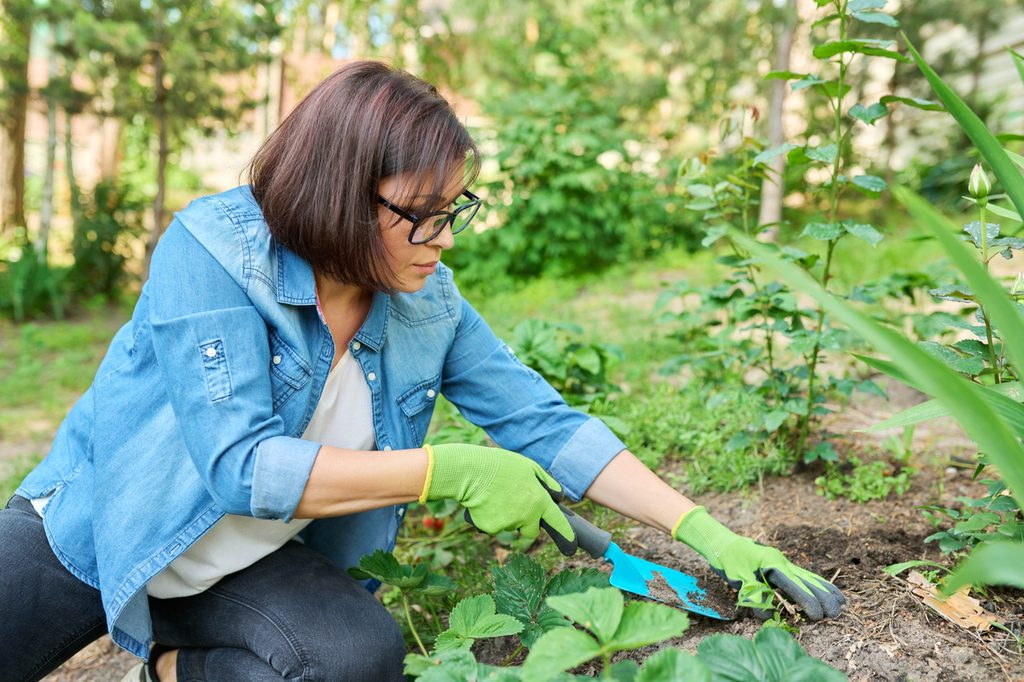
There’s major news in the gardening community: The USDA Hardiness Zone Map has been updated. If you’re a seasoned gardener, there’s a good chance that you’re familiar with this climate zone map, as it generally gives growers a good idea of which plants work in their area. But what does it mean for your spring garden if the map has been redrawn? Here’s what you need to know about the map, the change, and how it all impacts what you can grow in your yard.
What is the USDA Hardiness Zone Map?

With the USDA Hardiness Zone Map, the U.S. Department of Agriculture splits the United States into 13 regions, using lowest average temperature ranges to designate specific planting zones. It’s simple to understand: Zone 1 is the coldest, whereas zone 13 is the warmest. Each zone is separated by 10-degree increments, but some gardeners like to get more granular and divide each zone into 5-degree increments (think zone 9A vs. zone 9b).
This map has been a useful planting tool for decades, as it roughly lets gardeners know how cold hardy a plant will be in their garden. When you go to your gardening center, shop for plants online, or read plant guides, you will often find that plants have specific hardiness zone ranges.
While temperature is just one of many factors in gardening, knowing a plant’s hardiness zone range is definitely useful. It’ll help you determine whether your plant will have more than one growing season in your area. Plus, you’ll know whether you need to overwinter your plants or install structures like cold frames.
Why has the USDA Hardiness Zone Map been updated?

The USDA officially released the updated map for the hardiness zones in November 2023, doing so for the first time since 2012. This updated map is the result of increased data points, as well as more refined data-gathering methods. Per the USDA, the new map, in most cases, is about a quarter-zone warmer than the 2012 map. About half of the country migrated into the next half-zone — if you’re unsure about where your zone is with this new development, input your zip code on the updated map to find out.
What does the updated USDA Hardiness Zone Map mean for gardeners?

Gardeners may have already noticed changes in their own green spaces as average global temperatures have climbed over the years. Some may already discover that they no longer need to protect tender young plants from the cold in the winter. They might also find that they need to start their fall gardening schedule a little later in the year to avoid heat damage.
If you live in an affected zone, you may try growing different types of plants. For example, you could grow plants that were previously only suitable for the half-zone above yours. That’s to say, you could attempt growing plants that may not have been considered cold hardy enough for your region. Gardeners can also consider sowing their seeds outside earlier. We would proceed with caution, though — there’s always a chance that an unexpected cold spell could wreak havoc on your seedlings.
With all of this said, remember that temperature is simply one factor when it comes to growing plants. Microclimate conditions may make it easier or harder to grow different types of plants, so figuring out which plants work best for your area may be a process of trial and error. Long story short, proceed with your spring gardening with caution and be open to experimenting with your greenery as you navigate this change.


